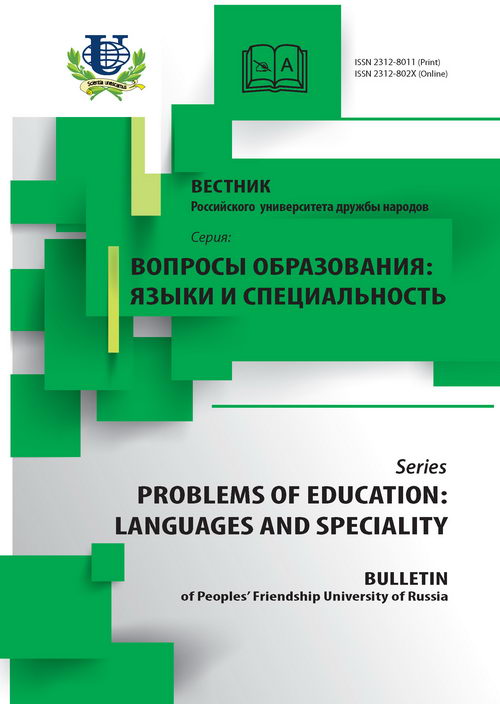ALMA-ATA IN YU. O. DOMBROVSKY’S PROSE
- Authors: Bayanbayeva Z.A1
-
Affiliations:
- Al-Farabi Kazakh National University
- Issue: No 5 (2015)
- Pages: 354-359
- Section: EDITORIAL
- URL: https://journals.rudn.ru/polylinguality/article/view/13054
- ID: 13054
Cite item
Full Text
Abstract
In 1932 Yury Osipovich Dombrovsky graduated from the Higher literature courses (“brosowski”). In 1933 he was arrested and deported from Moscow to Alma-Ata, this city is linked to most of his life. From Alma-Ata he was twice arrested sent to GULAG. Yuri Dombrovsky took the corner in Tastak the widow-the Kazakh woman with five kids. Every morning she baked a cake and broke it into six parts - to their children and this stranger. In retrospect, people said who knew him, he couldn’t hold back the tears. He published his works in “Kazakhstan Pravda” and the magazine “Literary Kazakhstan”.The article devoted to the research of the development of the artistic image of the city in Yu. Dombrovsky’s works. Specifics of esthetic perception of the city by the writer and relationship of an esthetic and art image in structure are analyzed. On the example of the analysis of a plot of the novel “Keeper of Antiquity” the city of Alma-Ata in its works appears as “nonrandom space”. In article realization of motive of opening of the new city through reception of contrast, comparison of the Moscow and Almaty nature is considered.
Keywords
References
Supplementary files














